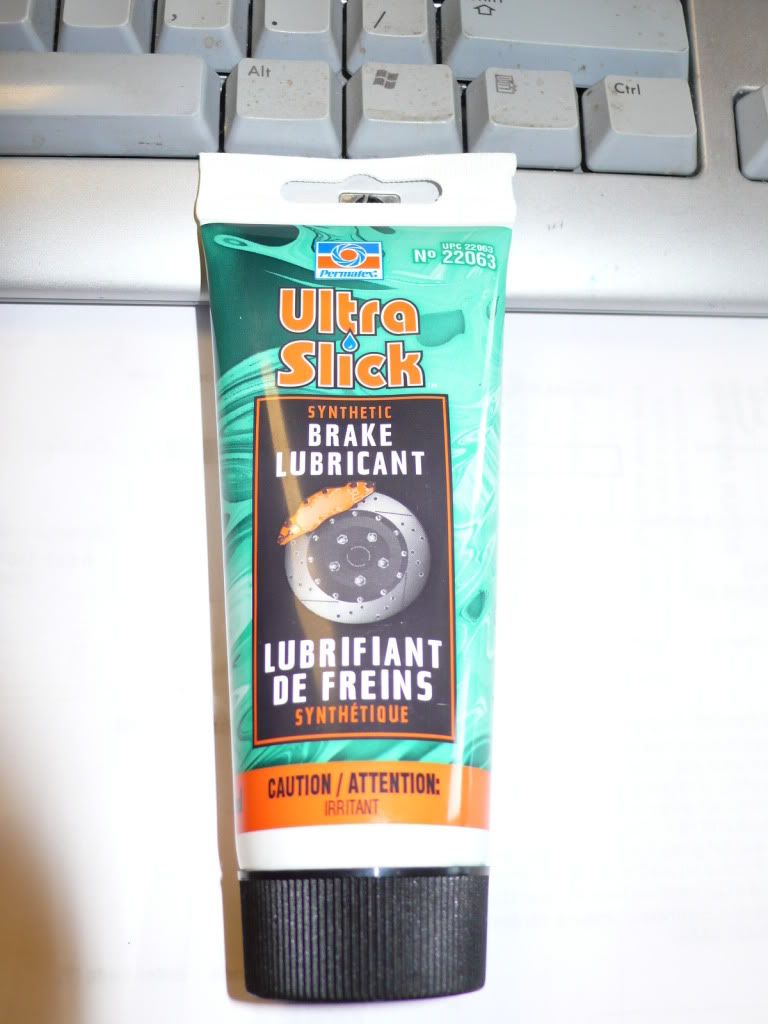Thanks that is great info.
Specifically this is the product I found.

The instructions say specifically it is for both the rubber seal and the piston and when applied to the back of the pads it will stop squeaks.
Good to 400F
Thanks for clearing that up.
Your welcome.
I am not familiar with that product, nor have I used it. I don't see any ingredient list to assess, either. Maybe it will work as required. I can't endorse it for the SOHC4 caliper.
I will warn you about "specsmanship". Saying a product will maintain lubricative qualities up to 400F, is different than saying it will maintain it's grease state to that temperature. At 375F (or lower) it might just run into your brake pads and rotor and still be excellent lubrication there.

To further clarify, you do NOT need a lubricant behind the brake pad or on the caliper piston. What IS needed is a barrier between metal and water/oxygen that will stay put. While the Dow grease does have some lube qualities, heat doesn't melt it, water won't combine with it. Basically, it's perfect for the job and has been used for many tears in that application successfully.
I simply don't see the attraction of finding a substitute for what has proven to work as required.
Similarly, Brake parts assembly lube/fluid is the known, correct substance to be applied to the caliper seal component. If some gets into the DOT3, no harm, no foul. If some gets on the side with water, and/or humidity it will still block it's access to the caliper piston and cylinder wall, inhibiting corrosion. The rest of the caliper metal will be protected by the Dow Silicone Grease.
Here is an added point to consider. Brake fluid will crystallize over time, which is why it is replaced every two years. If you've dismantled an old caliper, you probably found old crystallized brake fluid behind the caliper seal, along with aluminum oxide corroded from the caliper cylinder groove. Bake assembly lube in the groove provides an extra barrier impeding the collection of Hygroscopic brake fluid in the caliper groove.
Regular fluid flushes won't replace the DOT3 in that groove, allowing it to crystallize anyway with time. The longer you can keep DOT 3 (either dry or with water absorbed) out of the seal groove, the longer the interval needed between overhaul.
IMO, of course.